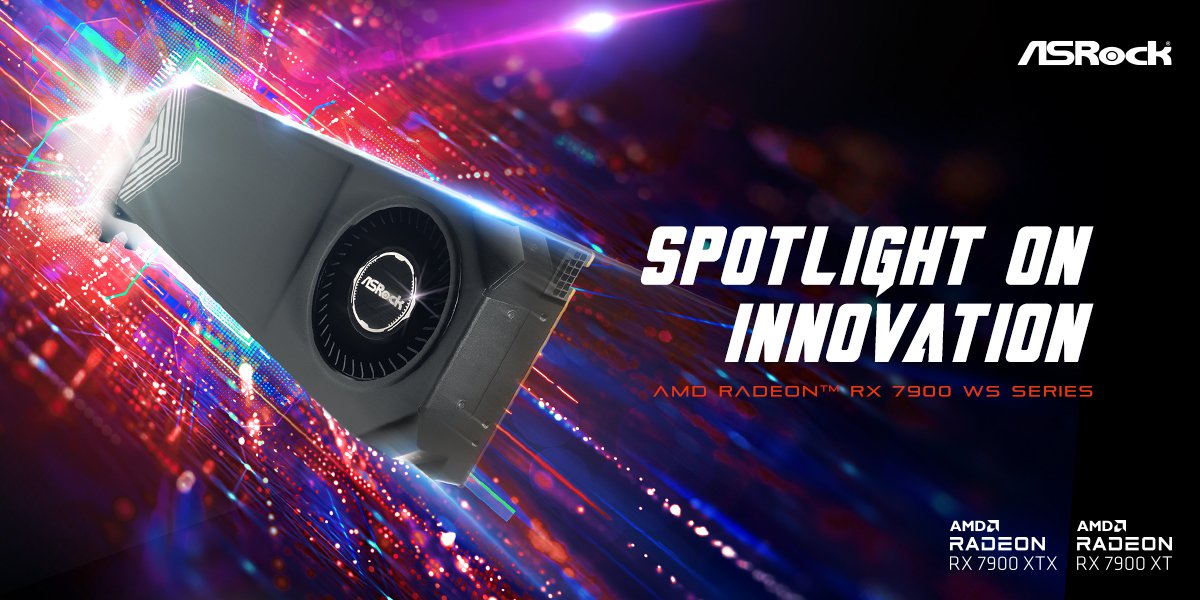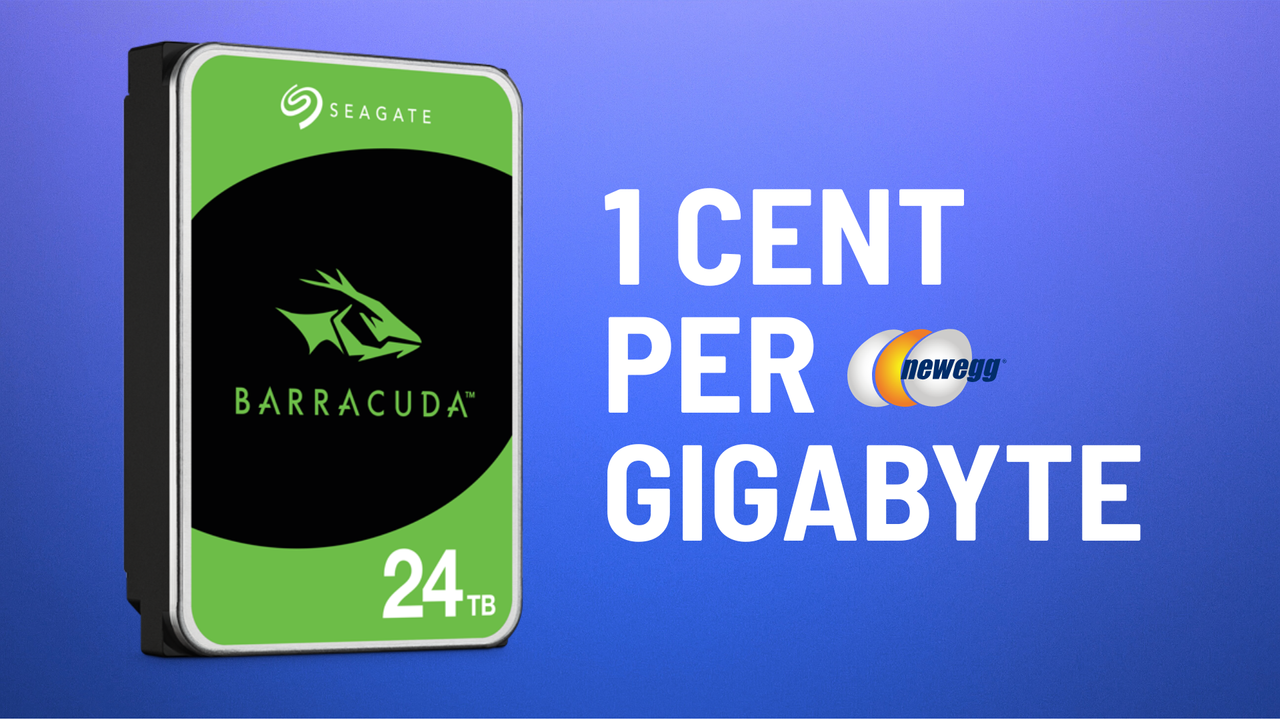Just days before Computex kicks off, ASRock introduced its first Radeon RX 7900 WS graphics cards. These cards are not primarily aimed at gamers (even though they are clearly among the best graphics cards) but rather multi-GPU environments used for AI training and creative professionals. ASRock’s new Radeon RX 7900 WS-series boards also happen to be the industry’s first Radeon RX 7900 graphics cards with a blower cooler and a 12V-2×6 power connector.
ASRock’s Radeon RX 7900 XT WS 20 GB and Radeon RX 7900 XTX WS 24 GB graphics cards come with specially designed cooling systems featuring a vapor chamber and one blower fan. While such coolers are two slots wide, they promise utmost efficiency under high loads and decent reliability, but at the cost of loud noise produced by the fan. The add-in-boards (AIBs) also come with a 12V-2×6 power connector — a first for a modern Radeon card.
ASRock says that its Radeon RX 7900 WS-series graphics cards are designed for multi-GPU environments, which is why they are equipped with a dual-slot cooler and a 12V-2×6 power connector in a bid to simplify installation into servers or large towers and avoid cable clutter. While the 12V-2×6 power plug might be an overkill for a Radeon RX 7900 from a power delivery point of view (as the Navi 31 GPUs consume considerably less than Nvidia’s GB102), one power cable is definitely better than two.

Given the positioning of ASRock’s Radeon RX 7900 XT WS 20 GB and Radeon RX 7900 XTX WS 24 GB graphics cards, we do not expect any factory-overclocked products and we can only wonder whether they can be overclocked at all. Yet, usage of a dual-slot cooling system on a 350W Radeon RX 7900 XTX may be a relatively risky choice. Even AMD’s Radeon Pro W7900 48 GB workstation board has a triple-slot blower-type cooler and two eight-pin power connectors.
Of course, ASRock could increase the rotation speed of its blower and, therefore, noise level, and in a multi-GPU environment, noise level is hardly a big problem. Yet, the ‘WS’ moniker in the products’ names clearly points to workstations, which are not meant to be utterly quiet but should not produce noises that are uncomfortable for the user.
It remains to be seen whether Radeon RX 7900 WS-series graphics cards will be widely used. The vast majority of professional users prefer Nvidia cards for ProViz applications, and using consumer-grade Radeon for AI training may not be the best, as Tinybox has demonstrated.





